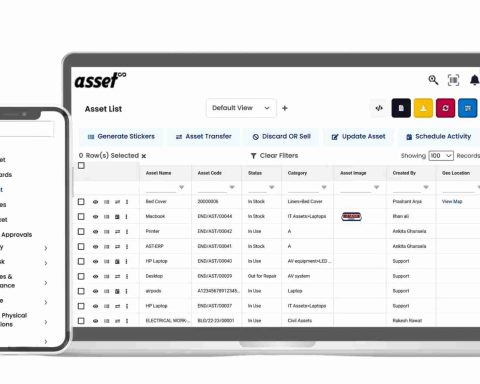A supply chain attack targets the less secure elements of an organization’s supply chain to infiltrate its network.
Instead of breaking down the front door, attackers sneak in through the side windows, often by compromising suppliers or third-party vendors. Think of it as the digital equivalent of smuggling contraband through a seemingly harmless package.
In recent years, these attacks have skyrocketed, wreaking havoc on businesses both large and small. But why are they becoming so popular among cybercriminals? And more importantly, what can be done to thwart them?
The Appeal of Supply Chain Attacks
A supply chain attack is attractive to hackers for several reasons:
- Broad Reach: Compromising a single supplier can grant access to multiple organizations, amplifying the impact.
- Lower Defenses: Smaller suppliers often lack the robust cybersecurity measures larger enterprises have in place, making them easier targets.
- Collateral Damage: These attacks can create widespread disruption, affecting not just one company, but an entire industry.
The SolarWinds hack of 2020 is a prime example. By infiltrating a widely-used IT management software, attackers gained access to numerous high-profile targets, including Fortune 500 companies and government agencies.
It was the digital equivalent of discovering your mailman has keys to every house in the neighborhood.
The Domino Effect: Ripple Impacts of Supply Chain Attacks
Supply chain attacks don’t just stop at the initial target. They ripple outward, affecting every business linked to the compromised supplier.
Imagine ordering a birthday cake and ending up with a recipe for disaster. That’s what a supply chain attack feels like—unexpected, messy, and far-reaching.
Some of the knock-on effects include:
- Operational Disruptions: Production lines come to a screeching halt, shipments are delayed, and customer trust takes a nosedive.
- Financial Losses: The cost of remediation, legal fees, and lost revenue can be astronomical.
- Reputational Damage: Once trust is broken, it can take years to rebuild. Customers and partners may think twice before doing business with a compromised company again.
How to Protect Against Supply Chain Attacks
While the threat is real, businesses aren’t helpless. Implementing robust cybersecurity measures can significantly mitigate the risk of supply chain attacks. Here are a few steps to consider:
- Conduct Thorough Due Diligence: When selecting suppliers and third-party vendors, don’t just check their prices—scrutinize their security measures. A supplier with lax cybersecurity is like a house with an open door; it’s only a matter of time before someone walks in uninvited.
- Monitor and Audit: Regularly evaluate the security posture of your supply chain partners. Conduct audits and insist on adherence to industry standards and best practices.
- Segment Networks: Ensure your internal network architecture is segmented. This way, even if an attacker gets in through a supplier, they can’t roam freely through your entire network. It’s like having a series of locked rooms within a mansion.
- Implement Multi-Factor Authentication (MFA): MFA adds an additional layer of security, making it harder for attackers to gain access to your systems. Think of it as the digital equivalent of a deadbolt on your front door.
- Educate Employees: Human error is often the weakest link in cybersecurity. Regular training can help employees recognize phishing attempts and other common attack vectors.
- Develop a Response Plan: In the event of a breach, having a well-defined incident response plan can limit damage and expedite recovery. Make sure everyone knows their role and has the tools they need to act quickly.
Supply chain attacks are a stark reminder that in the interconnected world of global commerce, security is everyone’s responsibility.
By understanding the nature of these attacks and taking proactive steps to safeguard your supply chain, you can minimize risk and ensure your business remains resilient.
So, take a deep breath, fortify those defenses, and let’s keep commerce flowing smoothly—one secure link at a time.






